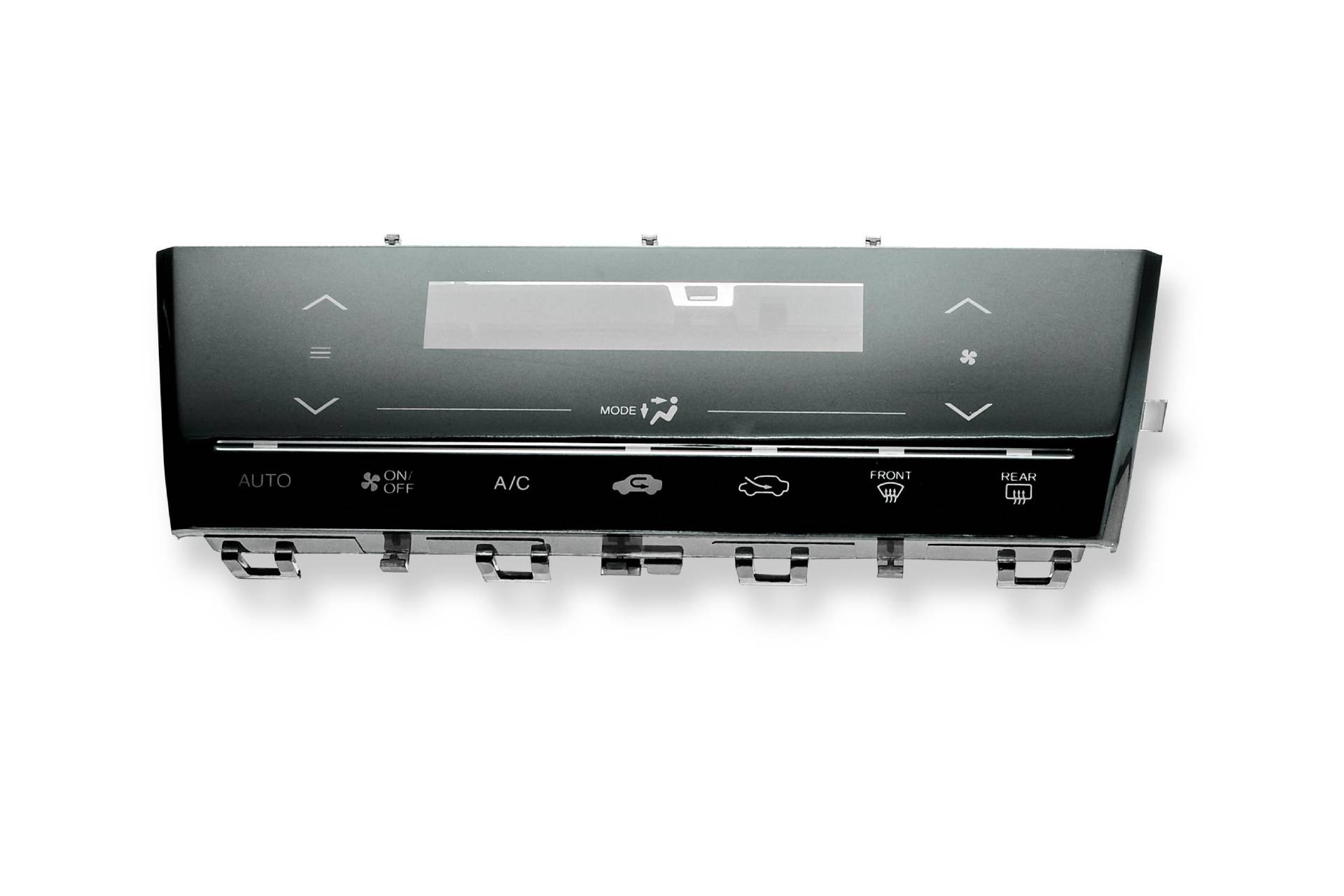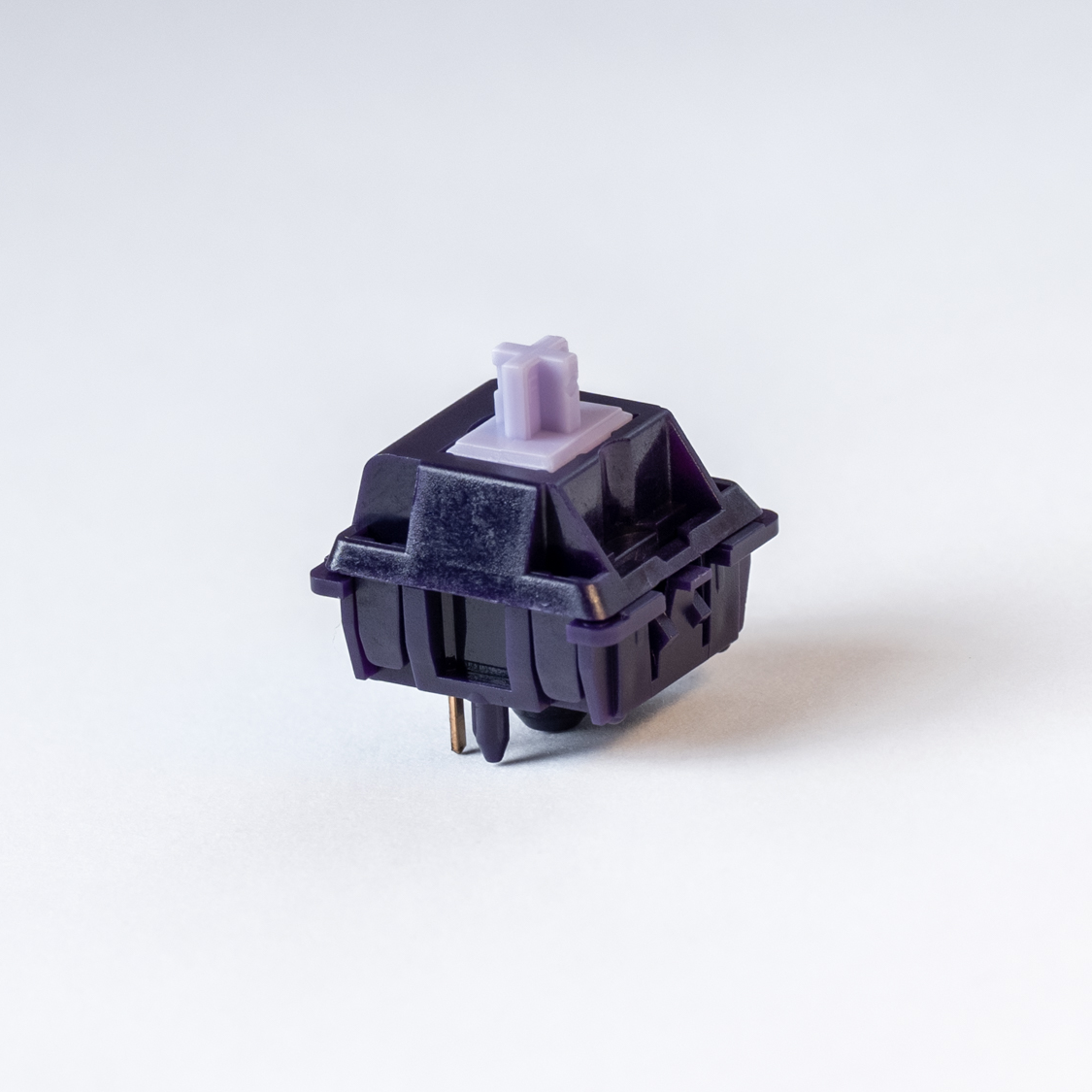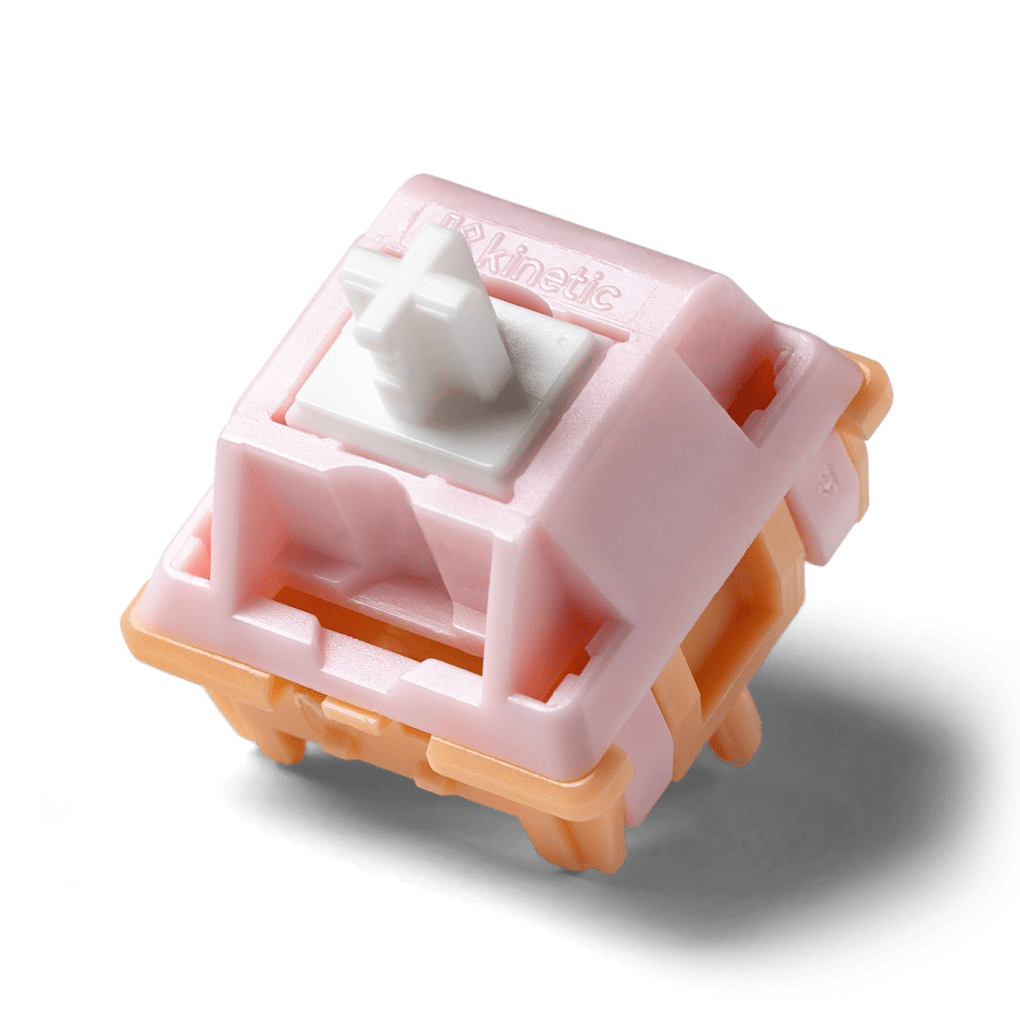For a smooth press, many users recommend tactile switches over clicky options.
Checking Out the Advantages of Tactile Switches for Your Next Task
Responsive buttons, identified by their obvious comments, are critical for enhancing customer communications in innovation. These parts not only verify input via physical experience yet additionally assist in operation in environments where auditory or aesthetic cues want. As markets progressively prioritize easy to use interfaces, the fostering of tactile buttons across various fields-- from consumer electronic devices to commercial machinery-- merits factor to consider. To understand their complete capacity, one must discover both their practical advantages and diverse applications.

Understanding Tactile Switches: How They Work and Their Types

These switches are available in numerous types, including dome, fallen leave, and pill. Dome switches over, which utilize a rubber dome to provide resistance, are preferred for their longevity and cost-effectiveness. Fallen leave switches, on the various other hand, include a flat, spring-like system that provides a sharper click. Tablet switches are understood for their compact size and are often made use of in gadgets with space restrictions. Each type supplies distinct tactical feedbacks tailored to details application requirements and customer preferences.
The Role of Tactile Comments in Customer Experience
User experience is substantially boosted by responsive responses, which serves as an important bridge between the gadget and its individual. Responsive buttons, by their actual nature, supply a physical feedback to customer activities, validating inputs via a recognizable experience.
In the world of availability, responsive responses plays a pivotal duty. Hence, tactile comments is essential in developing intuitive and reliable customer experiences (tactile switches).
Comparing Tactile Switches Over With Various Other Sorts Of Switches
While tactile buttons provide clear-cut comments that aids in ease of access and customer confidence, it is necessary to examine exactly how they pile up against other sorts of switches used in electronic tools. Linear buttons, for circumstances, offer a smooth keystroke without the responsive bump, which can be more suitable for jobs calling for rapid essential presses, such as gaming. Nonetheless, they do not have the official site unique responses that helps avoid keying mistakes noticeable in tactile switches.
On the various other hand, clicky buttons, comparable to responsive variations, provide audible feedback. Relatively, tactile switches strike an equilibrium in between the quiet operation of direct switches and the loud guarantee of clicky buttons, making them flexible for both noisy and quiet setups.
Practical Applications of Tactile Switches Over in Numerous Tasks
Many contemporary electronics integrate responsive buttons because of their reliable responses and straightforward user interface. These elements are particularly prevalent in tools calling for specific individual control. Consumer electronic devices like keyboards, remote controls, and gaming controllers employ responsive switches to improve the user experience by giving immediate responsive comments upon actuation. This responses makes sure users of their input enrollment, which is vital in high-speed gaming or information entry jobs.
Additionally, responsive buttons are found in different commercial applications. They are used in producing devices panels and portable diagnostic tools where drivers take advantage of clear functional responses during machinery handling. Medical tools also utilize tactile buttons, adding to their security and effectiveness. These buttons make it possible for healthcare experts to operate gadgets promptly and with accuracy, essential in emergency and surgical official source settings. Therefore, responsive buttons confirm essential across a broad spectrum of markets, using both capability and integrity.
Tips for Choosing and Integrating Tactile Switches in Your Layouts
When selecting responsive buttons for numerous style jobs, it is necessary to think about a number of crucial aspects to make sure ideal performance and integration. Evaluate the pressure needed for actuation and the button's life expectancy. Designers have to match these requirements with the application's demands to avoid premature failing or customer discomfort - tactile switches. Next, consider the size and footprint of the switch. Portable layouts may demand smaller switches, which could affect the tactile feedback and resilience.
In addition, the environmental problems where the device will certainly operate are vital. For projects revealed to moisture or dirt, selecting buttons with higher IP rankings to hold up against such aspects is suggested. Finally, assimilation ease must be assessed. The button needs to be suitable advice with the existing circuit layout and mounting demands. Making use of switches with pre-soldered leads or those that use clear soldering standards can simplify the assembly process, making certain a trustworthy and reliable combination into the end product.
Verdict
